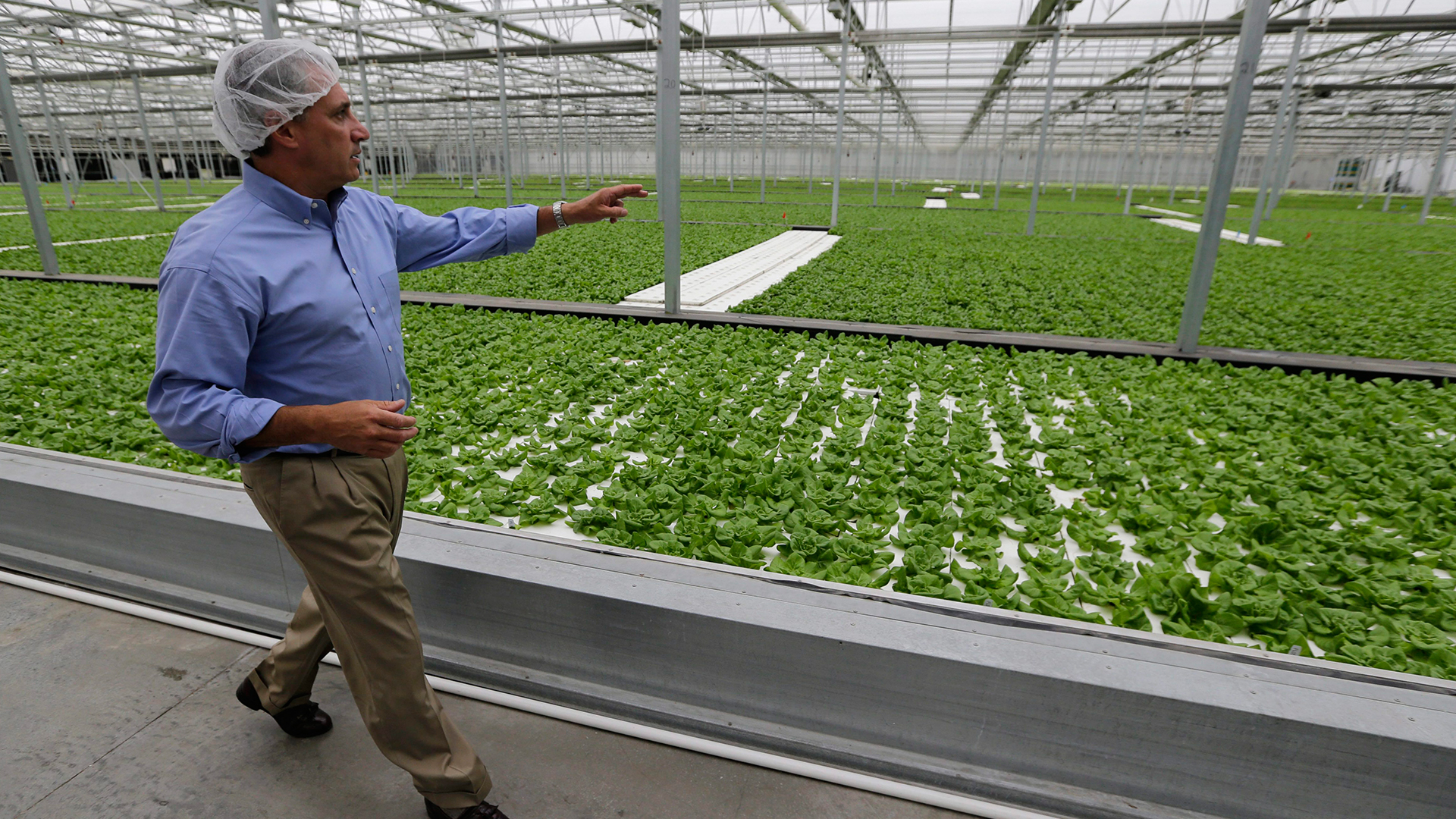Written by: Martin Boucher and Max Lacey-Barnacle, Policy Options
Canada is at a pivotal moment as it aligns its environmental ambitions with the need for inclusive economic development.
While the government commits to achieving net zero greenhouse gas emissions by 2050, the challenge lies not only in transforming the energy sector but also in ensuring that this transition benefits all segments of society.
An often-overlooked strategy offers a compelling answer: community wealth building.
While not yet a household term among policymakers, community wealth building presents a transformative approach to economic development that emphasizes local ownership, democratic control, and a balanced distribution of wealth. By harnessing local assets, this approach can also play a critical role in advancing Canada’s net-zero objectives.
The experience in the United Kingdom demonstrates how policy support can enhance local economies while advancing national climate goals.
The promise of shared benefits
The idea is straightforward: local ownership, democratic oversight and a balanced distribution of wealth. Rather than relying on external investments or top-down economic development, this approach emphasizes the importance of locally-rooted structures such as cooperatives, social enterprises, businesses, and anchor institutions like colleges and universities, local government and hospitals.
By harnessing these assets, communities can retain wealth locally, create good jobs, and better ensure that economic development can benefit more diverse groups.
Several Canadian examples are demonstrating success:
- Vancouver’s social procurement: In 2018, Vancouver adopted a social value procurement framework to direct municipal spending toward social enterprises and local businesses. By 2020, the city reported that approximately $14 million was spent on contracts that provided social value, supporting local employment and community development.
- Quebec’s co-operative movement: Quebec boasts over 3,300 co-operatives and mutuals, employing more than 116,000 people as of 2020. The Desjardins Group, a financial co-operative founded in Quebec, serves over seven million members and clients and had assets totaling $377 billion in 2020. This demonstrates the significant economic impact cooperatives can have on local economies.
- Toronto’s Parkdale people’s economy: The Parkdale Neighbourhood Land Trust has successfully secured over $24 million CAD in community assets, including affordable housing units and commercial spaces. This initiative helps prevent displacement and ensures long-term affordability for residents.
- Ontario non-profit network: Agreements include prioritizing local hiring and training opportunities for individuals who face barriers to employment, local procurement, and childcare and parks.
Missed opportunities
Canada’s commitment to achieving net-zero emissions by 2050 requires a comprehensive transformation of its economy. The federal government’s plan for a healthy environment and a healthy economy includes $964 million for renewable energy and grid modernization projects and $14.9 billion for public transit projects, including zero-emission transit vehicles.
Despite some clear overlaps, net-zero initiatives and community wealth building often operate in silos.
And that’s understandable.
Climate policies typically focus on technological solutions and emissions reduction targets, while economic development strategies prioritize growth without fully considering environmental sustainability. This disconnect represents a missed opportunity to create an integrated approach that advances both.
This is exacerbated by the fact no comprehensive policy support exists at the federal or provincial levels, leaving innovation and policy entrepreneurship to municipal governments, community development organizations, and NGOs.
Some networks and organizations across Canada are already active and prepared to help integrate their efforts with net zero policy, including the Canadian Community Economic Development Network, Co-operatives and Mutuals Canada, Community Energy Cooperative Canada, and other local development corporations, or CDCs. But their impact remains limited to what they can achieve without being formally harmonized with net-zero policy.
Success stories abroad
The U.K. has seen success in the city of Preston, where from 2013 to 2017, anchor institutions increased local spending threefold, creating jobs and keeping money flowing locally. The Labour Party also established a unit to promote local economic development and advance Community Wealth Building in the U.K.
Meanwhile, the Scottish government held a consultation which led to the development of a comprehensive strategy that aligns with climate goals.
Closer to home, in Cleveland, Ohio, the Evergreen Cooperatives initiative leverages anchor institutions to support worker-owned businesses in renewable energy, local food production and sustainable laundry services in low-income communities. Since 2008, the co-operatives have created over 200 jobs, many of whom face barriers to employment.
Making net zero a national community project
Ensuring people in communities across Canada benefit in similar ways, there are several concrete steps which can be taken.
Post secondary institutions, hospitals and municipal and provincial government institutions can adopt sustainable procurement practices and invest in local sustainability projects. These institutions play a unique role as “anchors” that can drive demand for green products and services while supporting local economic development.
To complement this effort, policymakers can simplify regulatory processes, provide access to financing, and offer technical support. Measures could include streamlined permitting for community-scale renewable energy installations and financial incentives for community investment.
As such, a just transition to net zero must include a focus on community economic development. By ensuring climate policies are designed to direct a portion of the benefits—such as green jobs, energy savings and economic opportunities—to marginalized and underserved communities.
Building bridges is essential so community wealth building and net zero movements may better collaborate. Through combining forward-facing policy agendas, anchor institutions will become key players in decarbonization efforts that enable greater socioeconomic benefit at a community level.
By aligning the principles behind community wealth building with the net zero transition, Canada can create resilient local economies that are environmentally sound and socially inclusive.
This article originally appeared in Policy Options.







